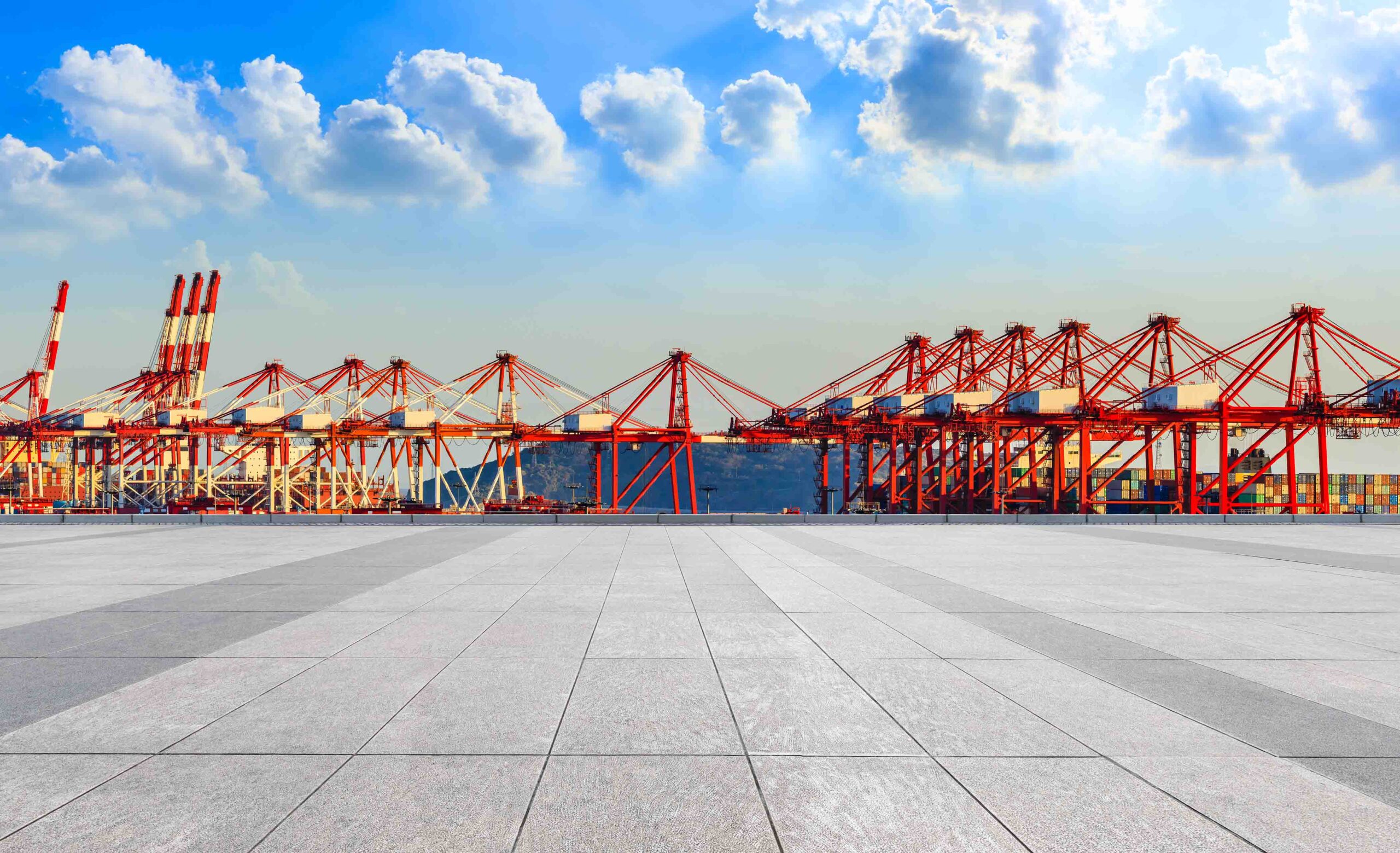On Sunday China announced Shanghai would enter a staggered lockdown, starting today, marking the biggest city-wide lockdown since the Covid outbreak began more than two years ago.
For shipping, congestion at the port – already very high – is expected to increase in the coming days, while overseas, terminals in Europe and North America will have to brace for an even larger whiplash effect when the city regains normal productivity – and comes as global supply chains absorb the fallout from a seven-day lockdown in Shenzhen to the south earlier this month.
The authorities have decided to split Shanghai in half using the Huangpu River for the new two-part lockdown. The city recorded 2,631 new asymptomatic cases on Saturday, which accounted for nearly 60% of China’s total new asymptomatic cases that day, plus 47 new cases with symptoms.
Pudong, the eastern part of the city, is in lockdown from today through to Friday as mass testing gets underway, while the western area, Puxi, will lockdown between April 1 and 5.
Public transport will be suspended as will work at most factories. However, essential workers, including port labour, will be exempt from the stay-at-home order.
Commenting on the ramifications for container shipping, Lars Jensen, CEO of consultancy Vespucci Maritime, stated via LinkedIn: “If this is widespread it will mean demand slow-down in the short term and downwards spot rate pressure, followed by a surge and upwards pressure.”
“Obviously, this disrupts the flow of containerised cargo, when truck drivers must pass many Covid tests to do they jobs. And closure of factories this week is not improving a situation that has soured for most of March,” commented Peter Sand, chief analyst at Xeneta, going on to predict a likely further softening in spot rates in the coming weeks.
“Global shippers would prefer more predictable and reliable supply chains to more obstacles and falling rates,” Sand said.
By Sam Chambers


